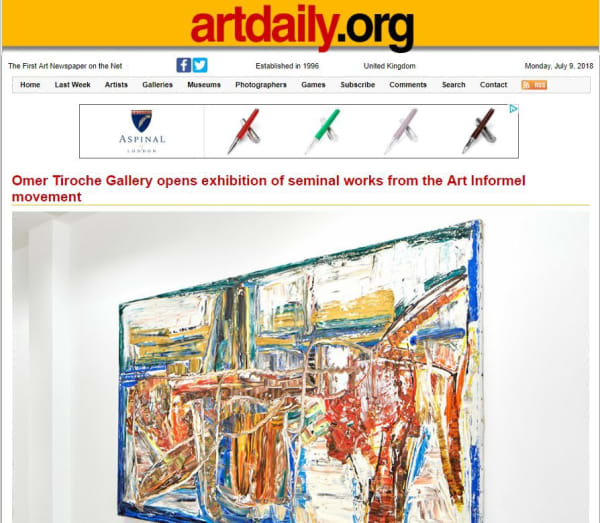Maria Helena Vieira da Silva Portuguese-French, 1908-1992
Maria Helena Vieira da Silva was born in Lisbon, Portugal in 1908. She is known today as being one of the most pioneering artists the second School of Paris. A multi-media artist, she is best known for her paintings filled with complex geometric compositions.
Vieira da Silva started her art education at the young age of eleven when she enrolled at Academia de Belas-Artes in Lisbon. In 1928, she pursued her art further and moved to Paris where she studied under some of the greatest contemporary masters of that time. She was taught painting by Fernand Léger, engraving by Stanley William Hayter and sculpture with Antoine Bourdelle.
Heavily influenced by movements such a Cubism, Constructionism and Futurism, Vieira da Silva, formed an abstract geometric style of her own. Her canvases were covered with labyrinths of linear compositions, depicting semi-abstract landscapes, cities and figures.
Vieira da Silva’s paintings in the 1950’s reflected the impact of the war and the suffering that people and cities had endured. Her mosaic-like works were received with such popularity and praise that in 1966 she was awarded by the French government the Grand Prix National des Arts. She was the first woman to ever receive this prize.
During the course of her career Vieira da Silva had many major exhibitions, most noticeably at Pierre Loeb Galerie in Paris and had her first retrospective at the Kestner Gesellschaft, Hannover in 1958 and later at Gulbenkian Museum in Lisbon as well as at the Grand Palais in Paris. In 1979, she was named a Chevalier of the Legion of Honor. Her works can be found in major museums worldwide.
Vieira da Silva died of cancer in 1992, Paris.






